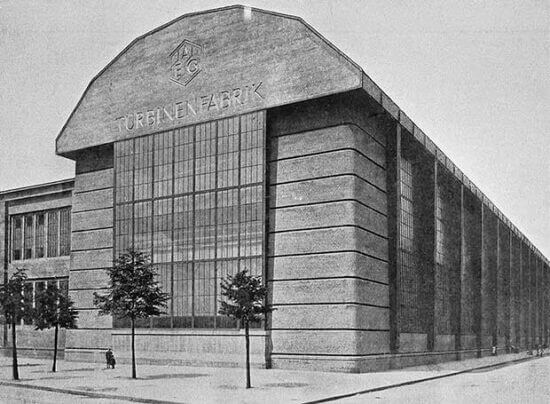
Over the last three weeks, my statements that I’m “always active, never busy” has been challenged, as I’ve averaged around 25 meetings (zoom and outdoor walking meetings) each week. This has left little space to think (and yes, more of my daily posts have been shorter rather than longer and in-depth). Perhaps I could do a little less. Hmm. Also this week I was corresponding with a client, a firm of Architects, and when asked for my advice on something, I trotted out a phrase I use often: Less is More
If you search this site (tip, for best search of over 1000 posts, go to google and use site:tommccallum.com then your search term), you will see this theme used over and over again, as, after all, there is value in “repetition, repetition, repetition” 😉
This time, though, one of the architects emailed me afterwards to say “well done in quoting an architect” as, they noted, this phrase was famous for being used by minimalist architect Ludwig Mies van der Rohe. Friends and regular readers will know of my love of design, of beauty, and perhaps of my wish to have been able to study to be an Architect rather than a Chartered Accountant. Alas, my drawing skills were nowhere near sufficient. Anyway, I also love the Da Vinci phrase “simplicity is the ultimate sophistication“, another repeated theme in my writing, so, say ou can imagine, I am a fan of beautiful yet simple architectural design.
So, I then found a lovely article called: “What did Mies van der Rohe mean by less is more?”, and this from that article:
As recounted by the late Detlef Mertins in the exceptional monograph Mies, the 21-year-old van der Rohe recalled designing the glazing of the west, courtyard elevation of the AEG Turbine Factory, which is considerably more utilitarian in character than the grand street elevation. Beyond the determinants of the technical form Mies said that what he contributed was “indeed almost nothing”. And it was in working on this elevation that Mies first came across the infamous expression, ‘less is more’. “I heard it in Behrens’s office for the first time,” he later recalled. “I had to make a drawing for a facade for a factory. There was nothing to do on this thing. The columns were 5.75 meters (19 feet). I will remember that until I die. I showed him a bunch of drawings of what could be done and then he said, ‘Less is more’
